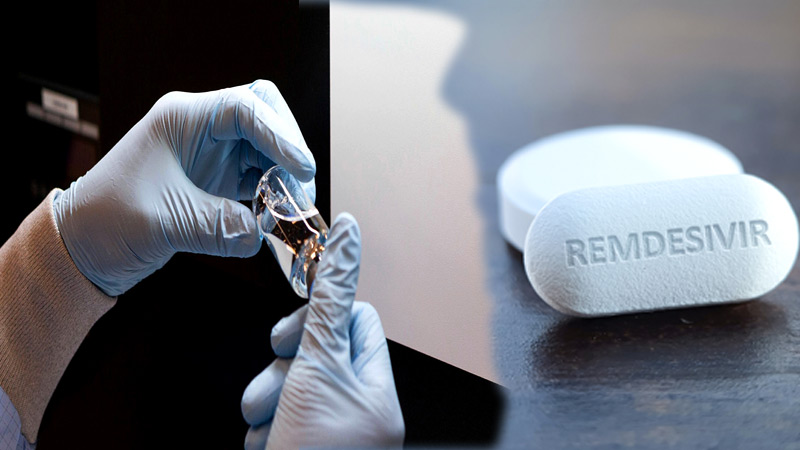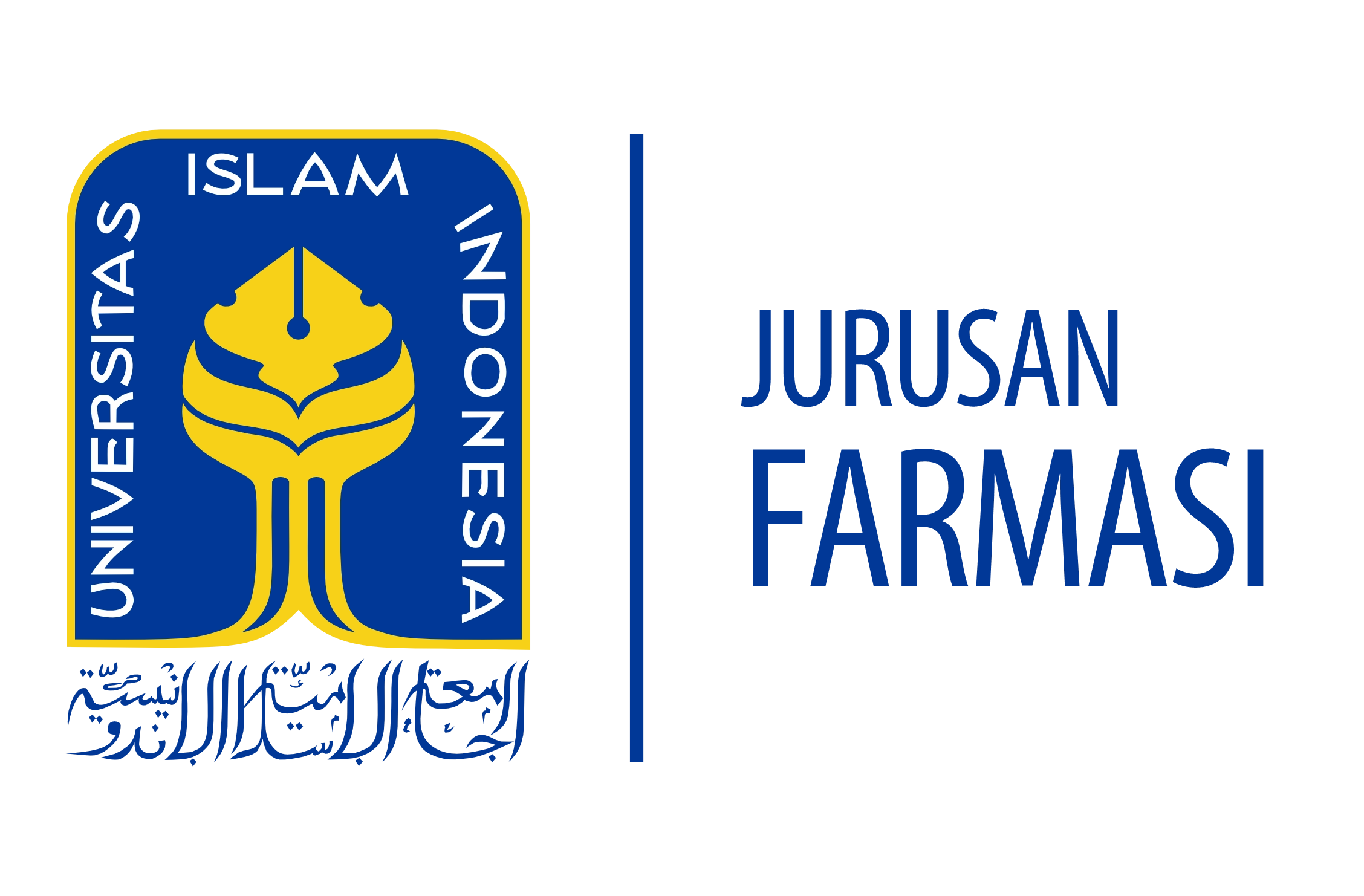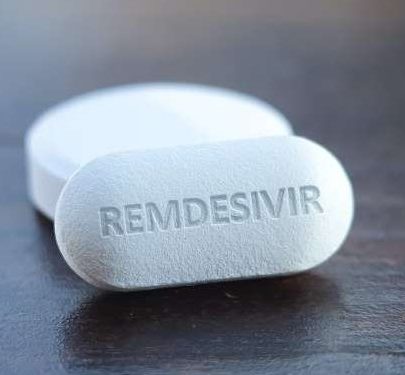BEHAVIOR OF REMDESIVIR TEST FAILURE: WISE TO KNOW MEDICINES

Remdesivir, which was thought to be a potential drug for COVID19, did not have a significant effect compared to placebo. Based on the journal published by The Lancet (1), states that the results of the first test on 237 patients did not show a significant effect between patients who were given remdesivir and patients who received drugs without active ingredients (placebo). In this clinical trial, 158 patients treated with remdesivir resulted in 14% of deaths, compared with placebo which resulted in nearly 13% of deaths. In addition, 11.6% of patients discontinued therapy due to drug side effects, compared with 5% in the control group. In fact, 102 patients reported experiencing drug side effects compared with 50 patients treated with placebo. This certainly surprises many parties because Remdesivir (GS-5734) which is a product of monophosphoramidate is known as a broad-spectrum antiviral for the treatment of viral infections of the filovirus, paramyxovirus, pneumovirus, and coronavirus class infections.
In vitro test results show that remdesivir is able to inhibit all coronaviruses in humans and animals, including the SARS-CoV-2 virus that causes COVID19. Remdesivir is a potential inhibitor of SARS-CoV-2 virus replication in nasal and bronchial epithelial cells. Even in in vivo trials in monkeys infected with SARS-CoV-2, the initial administration of remdesivir showed significant clinical and antiviral effects, characterized by decreased lung fluid and viral titer counts from the results of examination of fluids in the bronchi and alveoli (1). . However, it turns out that human test results are different. This is what many people need to realize that drugs that produce significant effects in preclinical tests (animal or cell tests) do not necessarily produce the same effect if they are given directly to humans. At the same time, it provides an illustration that drugs that are officially circulating in the market actually go through long, expensive and tiring stages to be officially released as drugs with claims to “cure” or “cure” certain diseases. This is because drugs that will be released on the market must pass the following test stages:
Preclinical testing.
This test is performed for a drug “candidate” to obtain information about the pharmacological effect, pharmacokinetic profile and toxicity of the “candidate” drug. Preclinical tests are divided into 2 types, namely invitro and in vivo tests. An in vitro test is a “candidate” drug test outside the body of a living being. This test is performed on bacterial cultures, isolated cells or isolated organs. If the result is positive, then proceed with the in vivo test, namely testing on living things (animals) (2). Animals used are animals whose genetics are known or known by certain strains of mice, rats, rabbits, guinea pigs, pigs, dogs or primates. Through this test, it will be possible to predict the effects of drug use in humans, especially related to the toxic effects produced. Toxicity research is a potential way to evaluate the side effects of drugs due to short- and long-term consumption, genetic defects or mutations (genotoxicity or mutagenicity), cancer cell growth (carcinogenicity) and fetal defects (teratogenicity). Apart from toxicity, animal testing is also carried out to study the fate of drugs in the body (pharmacokinetics) “candidate” drugs which include absorption, distribution, metabolism and elimination of drugs. All test results on these animals are used as evaluation materials to determine whether the “candidate” drug can be continued with human trials or not (3). The compound or molecule “candidate” for the drug that passes the preclinical test is called an IND (Investigational New Drug) or a new drug in further research to be tested in humans (clinical trials).
Clinic test.
Clinical trials are studies conducted on new drugs that aim to evaluate their impact on human health. Clinical trials are rigorously designed, conducted and evaluated to ensure the safety of test subjects. This test can only be carried out after passing the proper test by the ethics committee in accordance with the Declaration of Helsinki. The clinical trial consists of 4 phases, namely:
- Phase 0, this phase is a preliminary phase carried out on healthy volunteers. This phase is a prelude to the actual phase. This phase involves administering the drug at a very small dose that has no therapeutic effect to determine whether the properties observed in experimental animals are also seen in humans (4).
- Phase I, This phase is the real testing phase. This phase focuses on the safety aspects of the new drug. This phase is carried out on healthy volunteers in small numbers ranging from 20-100 people (5) to observe the most frequent and most dangerous side effects of new drugs and to observe the pharmacokinetic profile of the drug in humans (4).
- Phase II, This phase is focused on observing the effectiveness of a new drug. The new drug is tested on patients with certain conditions / diseases, then the effect it has on the disease being treated is observed. What is expected from the drug is that it has a potential effect with low or non-toxic side effects. Testing in this phase the group of patients treated with new drugs will usually be compared with the group of patients treated with other drugs or drugs without active ingredients (placebo) (4). This phase also evaluates the safety and short-term side effects and begins to develop and test the stability of drug dosage forms (3).
- Phase III. This phase is a phase that focuses on observing the safety and effectiveness of a new drug in different populations, at different doses and using new drugs in combination with other drugs by involving large groups of patients. This phase assesses the variability of the effectiveness of the drug in different populations. After passing through this phase III clinical trial, many new drugs are generally rejected or unfit for use. Until the end, maybe only 1 in 10,000 new drugs passed to the market because they have advantages in terms of efficacy and safety as well as side effects and less risks than existing drugs. The decision to approve new drugs for market is made by specialized agencies, such as the Food and Drug Administration in Indonesia, the FDA (Food and Drug Administration) in the United States, MHRA (Medicine and Healthcare Product Regulatory Agency) in the UK, EMEA (European Agency for the Evaluation of Medicinal Product) in other European countries and TGA (Therapeutics Good Administration) in Australia. Furthermore, new drugs that pass phase III clinical trials are allowed to be produced and marketed under certain trade names by the pharmaceutical industry as legal drugs and can be prescribed by doctors (3).
- Phase IV. This phase is actually not a real test, but a post marketing study (post marketing surveillance) after the drug is approved for market. This phase examines the use of drugs in patients with various conditions, various ages and races in order to further evaluate the level of safety, efficacy and optimal conditions of use (6). After the results of the phase IV study were evaluated it was still possible to withdraw the drug from the trade if it was dangerous for example dextroxypropoxifene, a painkiller that has even been used for 40 years, was withdrawn from the trade due to the death effects of overdose (7), lepirudin, an anticoagulant drug, was withdrawn from the European market because of side effects. severe anaphylaxis (8) and most recently ranitidine withdrawal from the market due to NMDA contamination which can cause cancer.
Because the conditions are so strict that it is not easy for a drug molecule to circulate as a drug. This is true in European countries, the United States and other developed countries. The period of discovery of a new drug from the very beginning of the discovery of a new chemical molecule until it becomes a new drug that is allowed to circulate takes less than 5 – 10 years and the total research cost currently reaches USD 2,870 million (IDR 45,920 trillion) (9).
Such is the long adventure of a chemical molecule before the drug is released to the public. With increasing costs and a long research period, it is not surprising that the price of drugs, especially drugs that are still patent protected, is very expensive. This is of course for the good of humanity itself, to ensure that the drugs consumed are safe, efficacious and have a clear identity.
Note:
Despite the unsatisfactory phase 2 clinical trial results, Gilead Sciences.Inc is continuing to conduct phase III clinical trials for remdesivir with the SIMPLE model in countries with a high prevalence of COVID19. The study evaluated the efficacy and safety of administering remdesivir for 5 and 10 days for severe COVID19 patients with a 200 mg regimen on the first day and 100 mg the following day with a total number of patients reaching 5600 people spread across 180 testing sites around the world, including the United States, China. , France, Germany, Hong Kong, Italy, Japan, South Korea, the Netherlands, Singapore, Spain, Sweden, Switzerland, Taiwan and England (10).
Source:
- Wang Y, Zhang D, Du G, Du R, Zhao J, Jin Y, et al. Remdesivir in adults with severe COVID-19: a randomised, double-blind, placebo-controlled, multicentre trial. The Lancet. 2020 Apr;S0140673620310229.
- Commissioner O of the. Step 2: Preclinical Research. FDA [Internet]. 2019 Apr 18 [cited 2020 May 2]; Available from: https://www.fda.gov/patients/drug-development-process/step-2-preclinical-research
- Priyambodo B. Jalan Panjang Penemuan Obat Baru [Internet]. Bambang Priyambodo’s Weblog. 2014 [cited 2020 May 2]. Available from: https://priyambodo1971.wordpress.com/2014/03/27/jalan-panjang-penemuan-obat-baru/
- Clinical trials Questions and Answers [Internet]. [cited 2020 May 2]. Available from: https://www.who.int/news-room/q-a-detail/clinical-trials-questions-and-answers
- Commissioner O of the. Step 3: Clinical Research. FDA [Internet]. 2019 Apr 18 [cited 2020 May 2]; Available from: https://www.fda.gov/patients/drug-development-process/step-3-clinical-research
- Learn About Clinical Studies – ClinicalTrials.gov [Internet]. [cited 2020 May 2]. Available from: https://clinicaltrials.gov/ct2/about-studies/learn#ClinicalTrials
- WHO. Alert_123_Dextropropoxyphene.pdf [Internet]. WHO Newsletter. 2009 [cited 2020 May 2]. Available from: https://www.who.int/medicines/publications/drugalerts/Alert_123_Dextropropoxyphene.pdf?ua=1
- Petersen PE. World Health Organization. Organisation Mondiale de la Sante. Community Dent Oral Epidemiol. 2003 Dec;31(6):471–471.
- DiMasi JA, Grabowski HG, Hansen RW. Innovation in the pharmaceutical industry: New estimates of R&D costs. J Health Econ. 2016 May;47:20–33.
- Gilead Announces Results From Phase 3 Trial of Investigational Antiviral Remdesivir in Patients With Severe COVID-19 [Internet]. [cited 2020 May 2]. Available from: https://www.gilead.com/news-and-press/press-room/press-releases/2020/4/gilead-announces-results-from-phase-3-trial-of-investigational-antiviral-remdesivir-in-patients-with-severe-covid-19.
Penulis: apt. Ardi Nugroho, M.Sc. (Desen Jurusan Farmasi, Universias Islam Indonesia)



